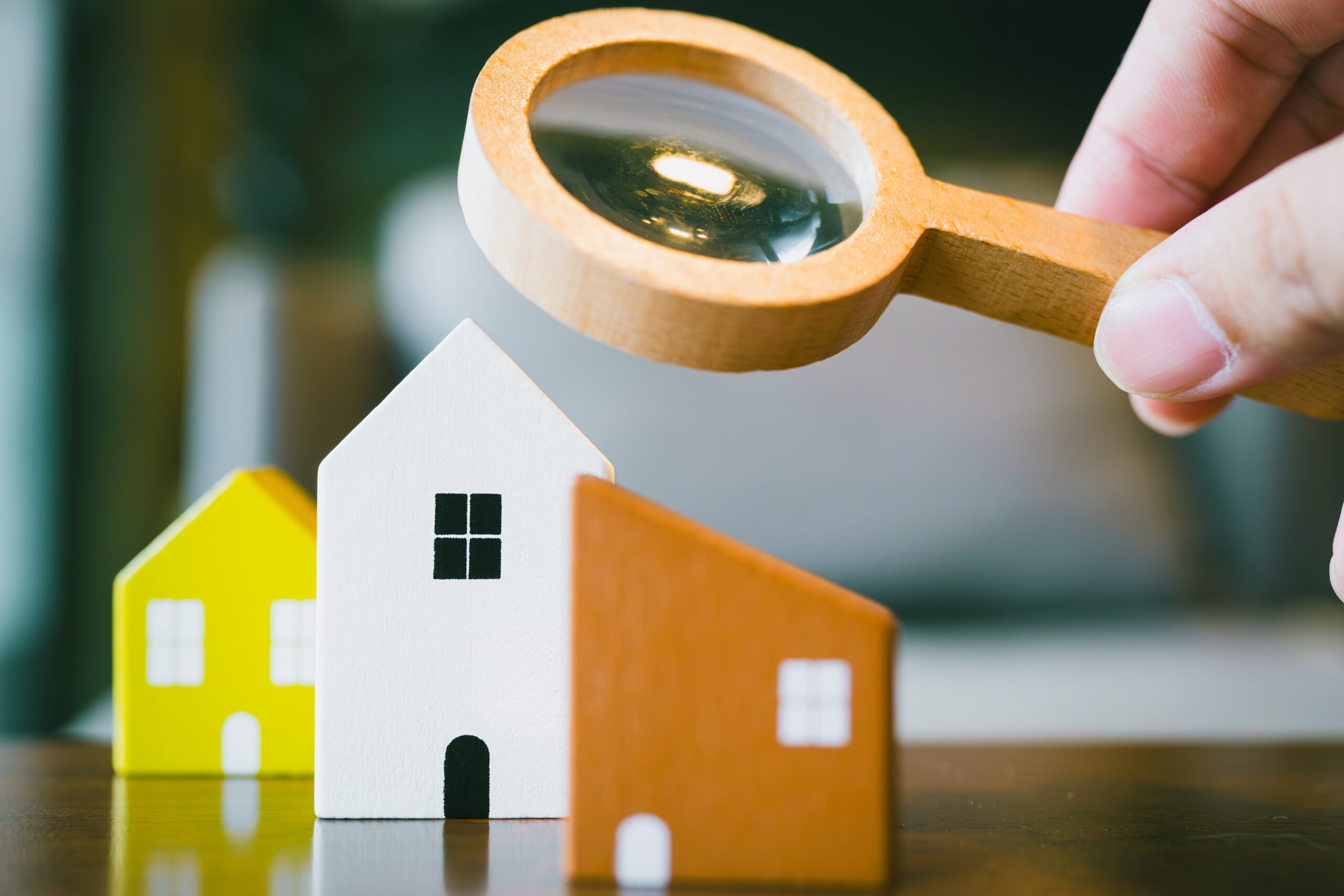Buying a home is one of the most significant financial decisions you’ll make, and it’s easy to get caught up in the excitement of house hunting. While lenders may approve you for a certain loan amount, that doesn’t necessarily mean you should borrow the maximum. Homeownership involves more than just making monthly mortgage payments—it comes with hidden costs and financial risks that should be carefully considered before committing.
The True Cost of Owning a Home
Many buyers focus solely on the mortgage, but homeownership includes several additional expenses that can impact affordability. Property taxes, homeowners insurance, maintenance, and unexpected repairs all add to the financial burden.
A widely accepted rule suggests setting aside 1% of the home’s value annually for repairs and maintenance, though older homes may require even more. Unexpected expenses—such as a failing roof or an HVAC system replacement—can cost thousands of dollars, which is why having savings set aside is crucial.
Additionally, if the property is in a neighborhood with a homeowners association (HOA), you may need to pay HOA fees, which can range from modest amounts to hundreds per month depending on the community. Utilities, landscaping, and routine upkeep further contribute to your monthly expenses, making it essential to factor in these costs when assessing affordability.
How Lenders Determine What You Can Borrow
Financial institutions use standard formulas to determine how much home buyers can afford. The 28% rule suggests that your monthly mortgage payment—including principal, interest, taxes, and insurance—should not exceed 28% of your gross income.
Another common guideline is the 30/30/3 rule, which recommends:
- Keeping housing costs below 30% of your monthly income
- Saving 30% of the home’s price before purchasing (this includes a down payment and emergency savings)
- Buying a home that costs no more than three times your annual income
These formulas help buyers avoid overextending their finances, but personal circumstances also play a role. Unexpected life events, job changes, or medical expenses can affect your ability to meet monthly mortgage obligations, making it crucial to avoid stretching your budget too thin.
The Influence of Mortgage Rates
Interest rates significantly impact affordability. A higher mortgage rate increases monthly payments, while a lower rate can save thousands over the life of the loan. For example, a 7% mortgage rate, combined with property taxes and maintenance costs, can push homeownership expenses to nearly 9.35% of the home’s value annually.
Locking in a favorable interest rate depends on several factors, including your credit score, loan type, and down payment size. Even a small difference in rates can result in significant cost savings, making it worthwhile to shop around before finalizing your mortgage terms.
Renting vs. Buying—Which Is the Better Financial Move?
While homeownership builds equity, renting may be the smarter choice for those who don’t plan to stay in a home for at least seven years. Renting allows for flexibility without committing to maintenance costs, property taxes, or large upfront expenses like a down payment.
Additionally, if your down payment could generate higher investment returns elsewhere, renting might provide better financial growth. Comparing monthly rent payments with the true cost of homeownership helps determine whether buying is the right move for your current financial situation.
Creative Strategies for Affording a Home
If traditional home financing feels out of reach, there are alternative strategies to make homeownership more affordable:
- Live-in investing – Renting out part of your home, such as a basement or extra room, to offset mortgage costs.
- Co-buying with family or friends – Purchasing property together to share expenses and reduce financial strain.
- Relocating to lower-cost areas – Exploring homes in different regions where housing is more affordable.
Affording a home isn’t just about securing a mortgage—it’s about ensuring long-term financial stability. By factoring in hidden costs, following affordability guidelines, and considering creative strategies, buyers can make informed decisions that align with their financial goals.
Homeownership should enhance your financial future, not put unnecessary strain on your budget. Taking a practical approach ensures that you can afford your home comfortably while maintaining financial security.


Leave a Reply